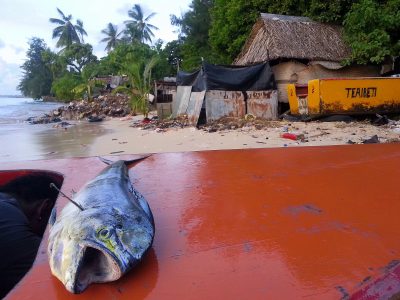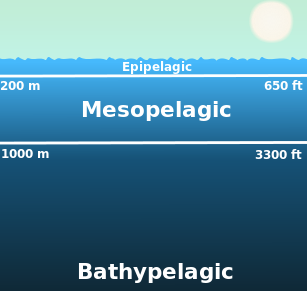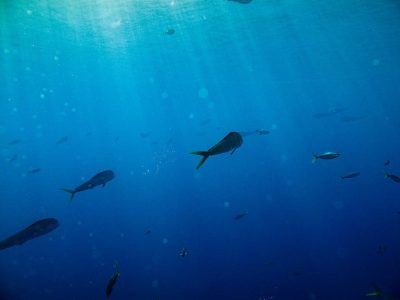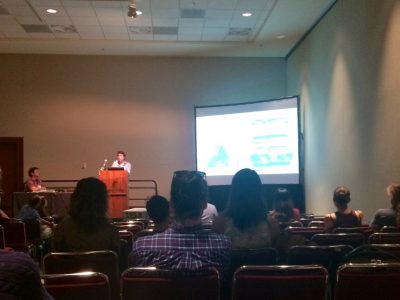4th International Symposium: The Effects of Climate Change on the World’s Oceans
At the 4th International Symposium on the Effects of Climate Change on the World’s Oceans from June 4 to 8 at the Washingington Hilton, Nereus Program Principal Investigator Thomas Frölicher…









